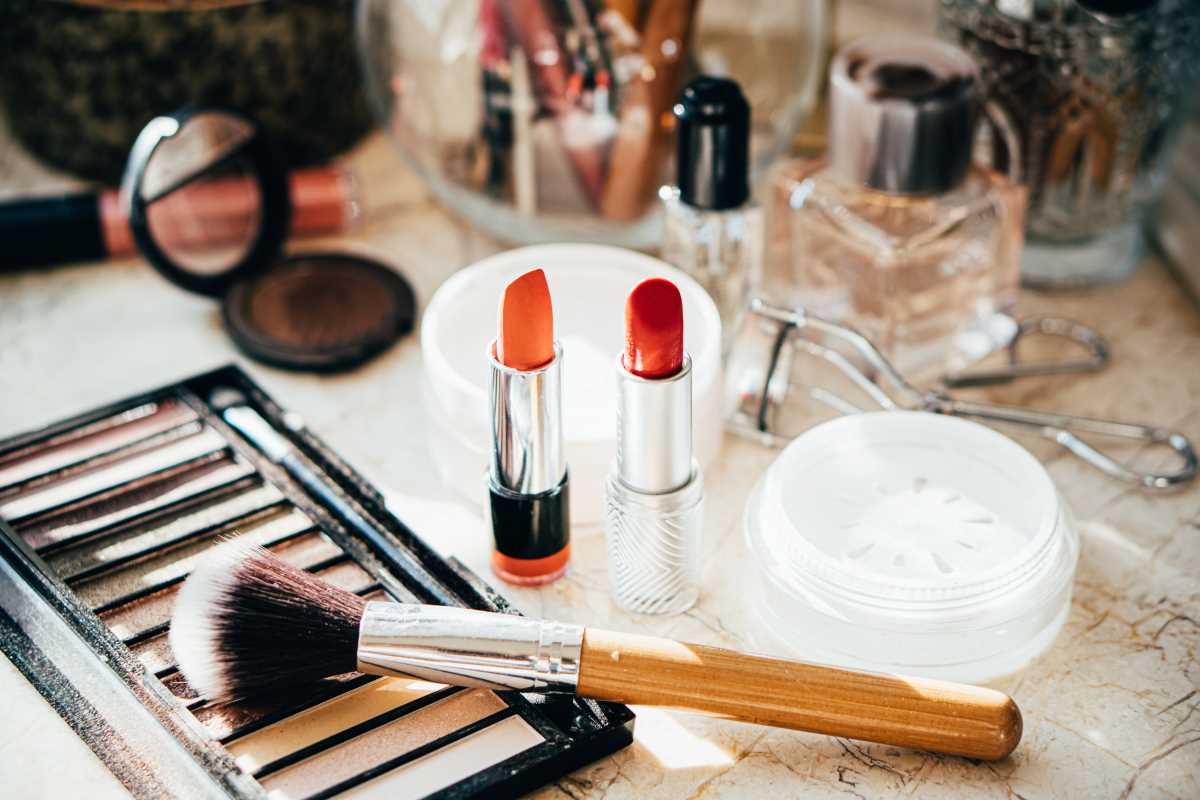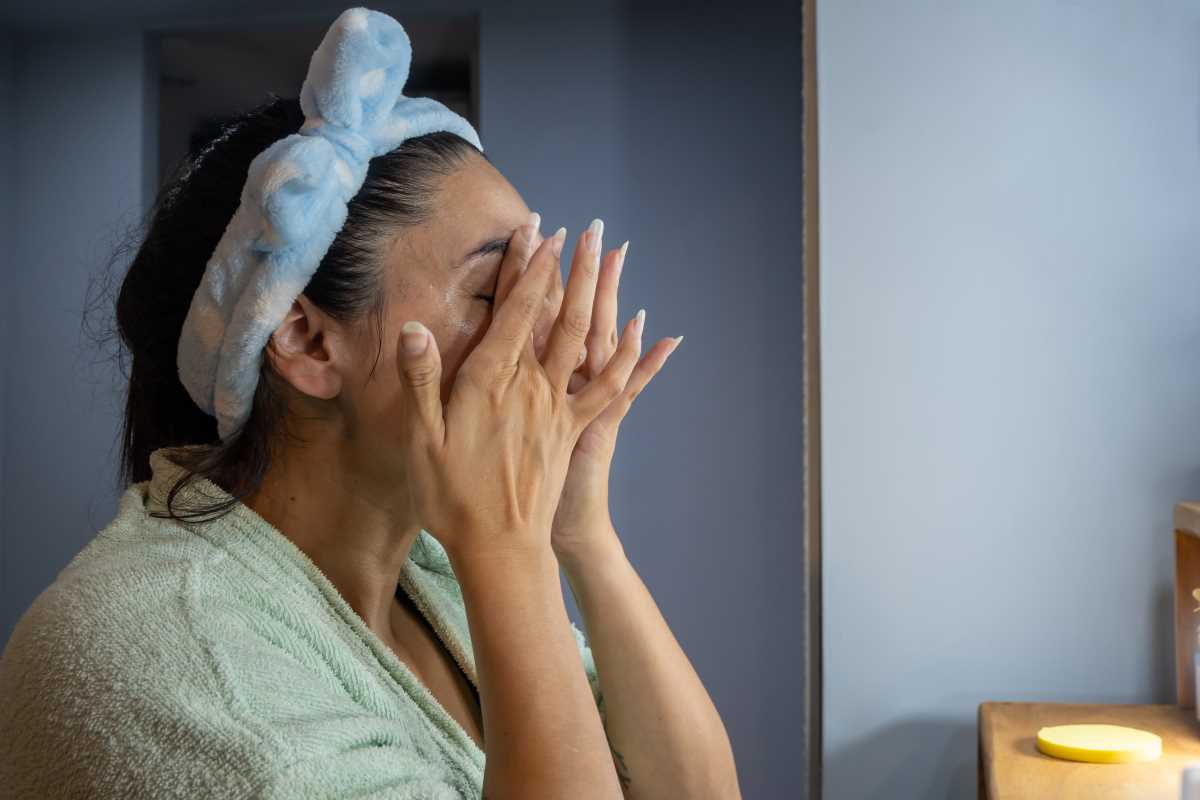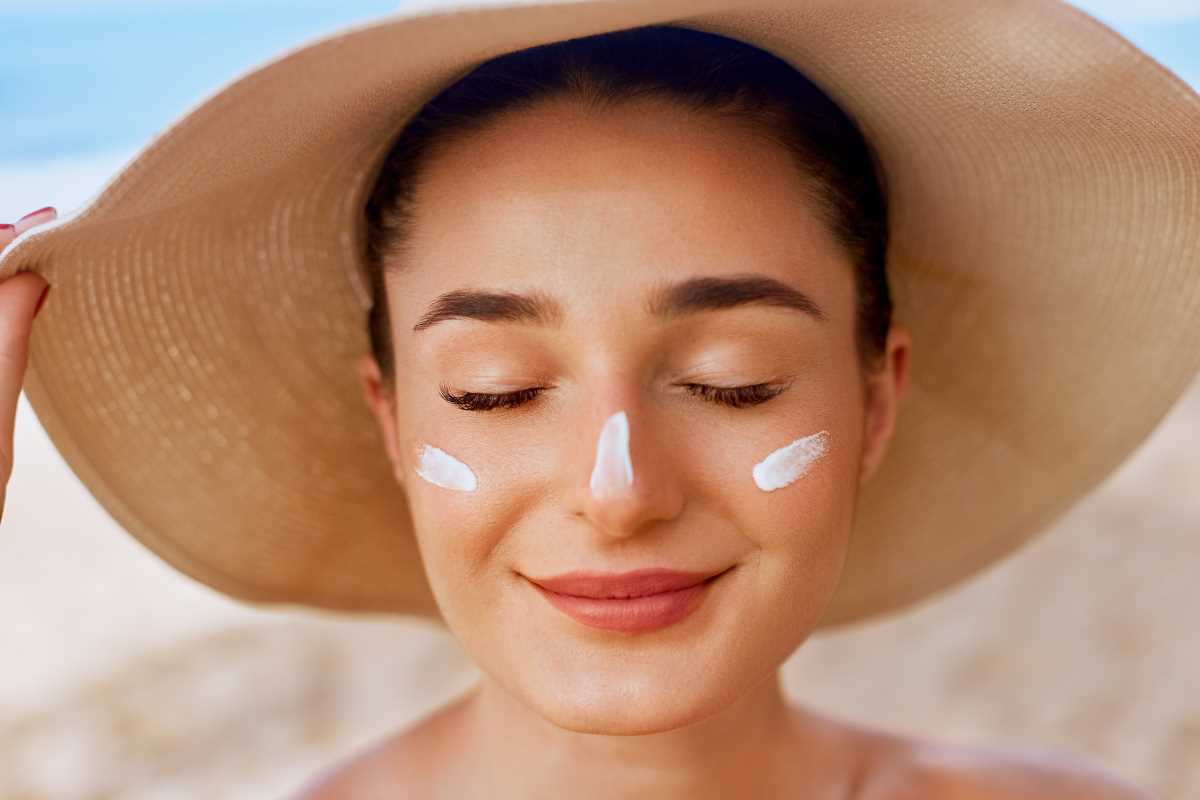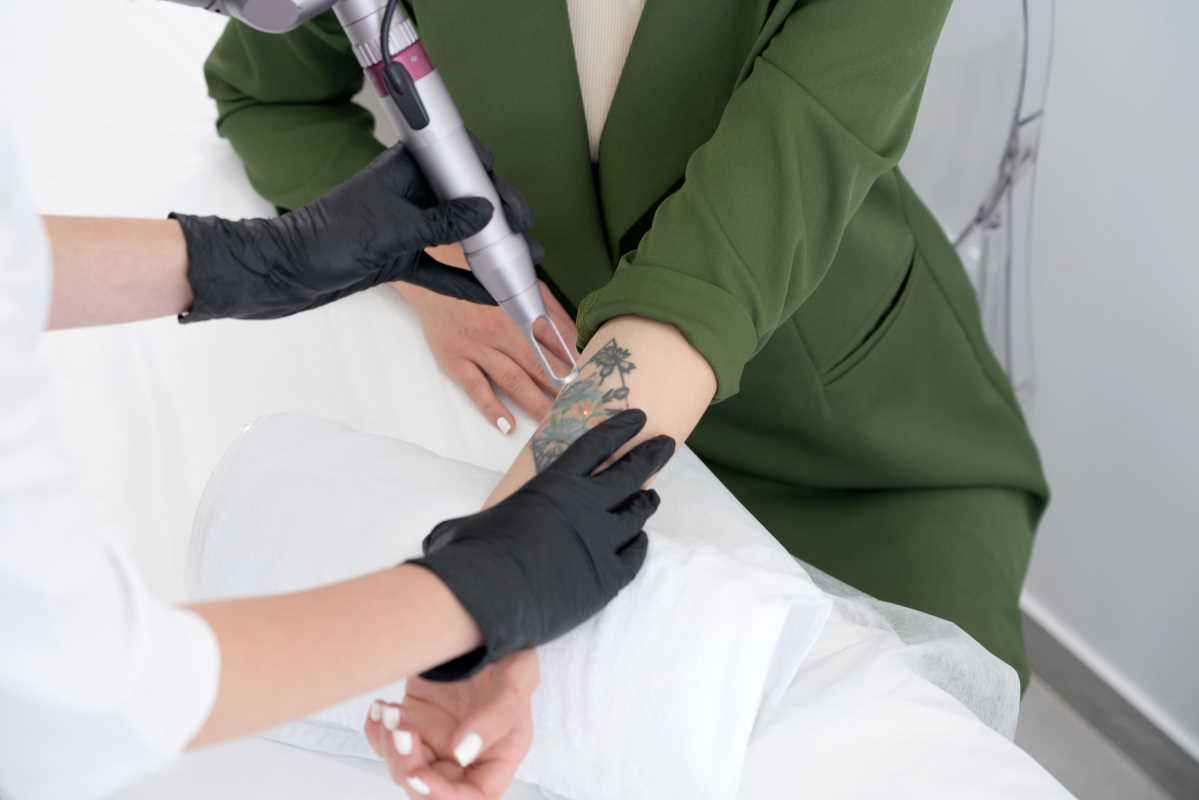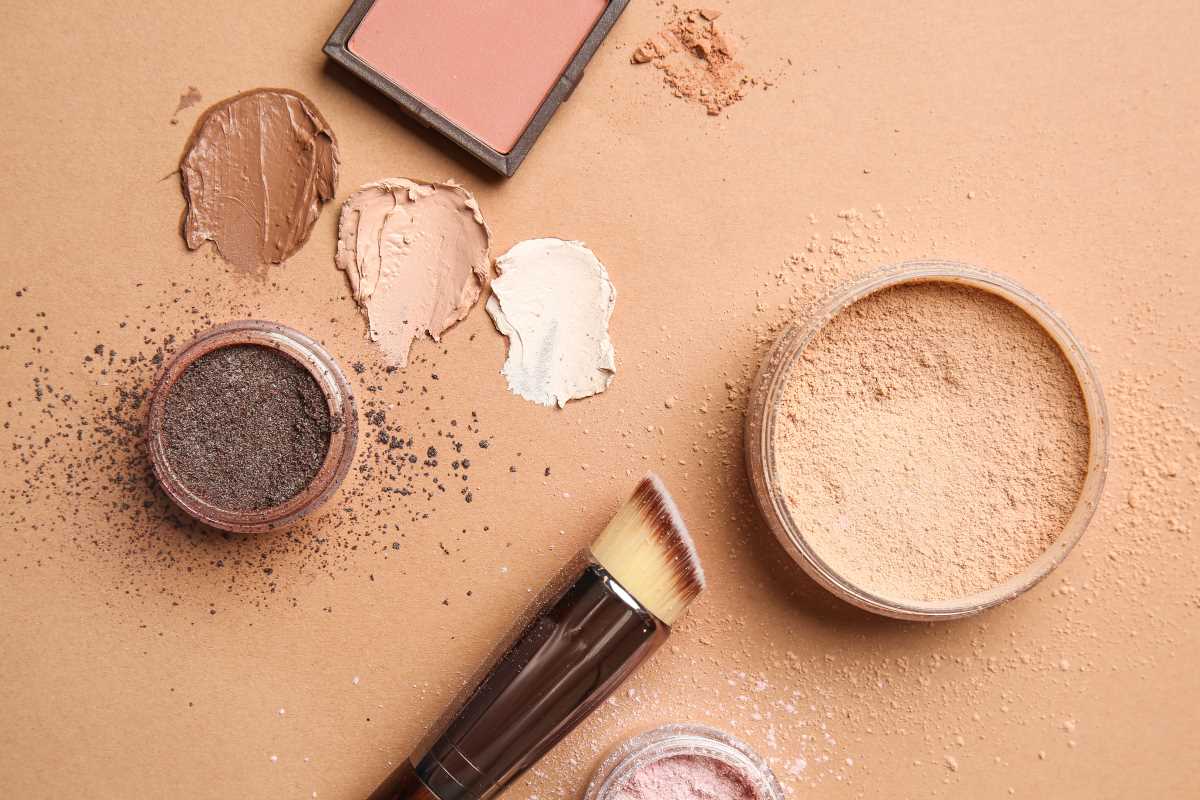Choosing the right foundation formula can make a significant difference in achieving a flawless makeup look. With a plethora of options available in the beauty market, from liquid and cream to powder and stick foundations, navigating through the choices can be overwhelming. This comprehensive guide will help you understand the various foundation types, identify your skin type, and select the perfect formula to enhance your natural beauty.
Understanding Your Skin Type
Before you dive into the world of foundation, it's essential to know your skin type. This knowledge will help you choose a foundation that complements your skin’s unique needs. Here are the primary skin types:
- Oily Skin: If you have oily skin, your skin produces excess sebum, leading to shine, particularly in the T-zone (forehead, nose, and chin). Foundations for oily skin are typically mattifying and long-wearing.
- Dry Skin: Dry skin may feel tight, flaky, or rough and can often look dull. Hydrating foundations that offer moisture and luminosity are ideal for this skin type.
- Combination Skin: Combination skin features both oily and dry areas, usually with an oily T-zone and dry cheeks. A balanced foundation that can address both concerns is best.
- Normal Skin: Normal skin has a good balance of moisture and oil, with few blemishes or dry patches. Most foundation types work well for this skin type, providing a range of choices.
- Sensitive Skin: If your skin reacts to products easily, look for foundations specifically labeled for sensitive skin. These typically contain fewer irritants and soothing ingredients.
Foundation Formulas Explained
Now that you understand your skin type let's explore the various foundation formulas available:
- Liquid Foundations: Liquid foundations are versatile and widely popular. They come in various finishes, including matte, dewy, and satin. Liquid foundations are suitable for most skin types, but it's crucial to choose a formula that matches your specific needs. For oily skin, opt for a mattifying liquid foundation; for dry skin, look for hydrating options.
- Cream Foundations: Cream foundations offer full coverage and a creamy texture that glides on the skin. They are ideal for dry and mature skin types, as they provide extra hydration. Cream foundations can also be buildable, allowing you to layer for desired coverage without looking cakey.
- Powder Foundations: Powder foundations are great for oily skin and are often used for quick application. They come in loose or pressed forms and can provide a natural, matte finish. However, they may not be the best option for dry skin, as they can emphasize dryness and texture.
- Stick Foundations: Stick foundations are convenient for on-the-go applications and offer a creamy consistency that provides decent coverage. They can work for various skin types, but it’s essential to find a formula that doesn't clog pores or cause breakouts.
- Tinted Moisturizers and BB/CC Creams: These lighter alternatives to traditional foundations provide a more natural finish. Tinted moisturizers offer hydration and a hint of color, while BB (Beauty Balm) and CC (Color Correcting) creams combine skincare benefits with light coverage. These formulas are perfect for those with normal to dry skin who prefer a more effortless look.
Matching Your Skin Tone
Once you've determined your skin type and chosen a formula, the next step is to find the right shade that matches your skin tone. Understanding your skin's undertone is crucial for selecting a foundation shade that blends seamlessly. There are three main undertones:
- Cool: Pink, red, or blue undertones. Look for shades labeled "cool," "rose," or "ivory."
- Warm: Yellow, peachy, or golden undertones. Look for shades labeled "warm," "golden," or "beige."
- Neutral: A mix of both cool and warm undertones. Look for shades labeled "neutral" or "natural."
Be sure to test foundations before you buy them. When testing foundations, apply a small amount to your jawline or wrist and blend it out. The shade that disappears into your skin is your perfect match. Always test in natural light for the most accurate color assessment. Also, consider seasonal changes when buying foundation. Your skin tone may change throughout the year due to sun exposure or changes in your routine. Keep this in mind and consider having a lighter and darker shade for different seasons.
Application Techniques
The way you apply your foundation can also affect its finish and longevity. Here are some popular application techniques to consider:
- Brush: Using a foundation brush can provide a smooth and airbrushed finish. A flat-top brush works well for liquid and cream foundations, while a tapered brush can be great for precision.
- Sponge: A damp makeup sponge, such as a beauty blender, can give a more natural finish. This method is especially effective for liquid foundations, as it helps blend the product seamlessly into the skin.
- Fingers: Applying foundation with your fingers allows for warmth and can create a more natural look. This method is ideal for cream and liquid foundations, as the warmth from your fingers helps to melt the product into your skin.
- Setting Your Foundation: To enhance the longevity of your foundation, consider setting it with a translucent powder. This step is particularly important for oily skin types, as it helps control shine throughout the day.
Special Considerations
If you have specific skin concerns, such as acne, rosacea, or hyperpigmentation, look for foundations with added benefits:
- Acne-Prone Skin: Choose non-comedogenic foundations that won’t clog pores. Matte and oil-free formulas are often best.
- Sensitive Skin: Look for hypoallergenic and fragrance-free options. Ingredients like aloe vera or chamomile can help soothe sensitive skin.
- Mature Skin: Consider foundations with hydrating properties and a luminous finish. Avoid heavy formulas that can settle into fine lines.
Trying Before You Buy
With so many options available, it's crucial to try before you buy. Many beauty stores offer sample sizes or testers. Take advantage of these options to experiment with different formulas and shades. You can also visit makeup counters for a professional consultation. Makeup artists can help you find the perfect foundation and demonstrate application techniques tailored to your skin type and concerns.
Maintenance and Touch-Ups
Once you’ve found your ideal foundation, maintaining its look throughout the day is essential. Here are some tips for touch-ups and maintenance:
- Carry a Compact: If you have oily skin, carrying a compact powder can help you touch up throughout the day. Blotting papers can also absorb excess oil without disturbing your makeup.
- Setting Spray: Using a setting spray can help lock in your foundation and give it a more natural finish. It also helps to keep your makeup in place for longer periods.
- Refresh Midday: If you find your foundation fading or settling into fine lines, consider refreshing your look with a light mist or a little additional foundation blended in.
 (Image via
(Image via